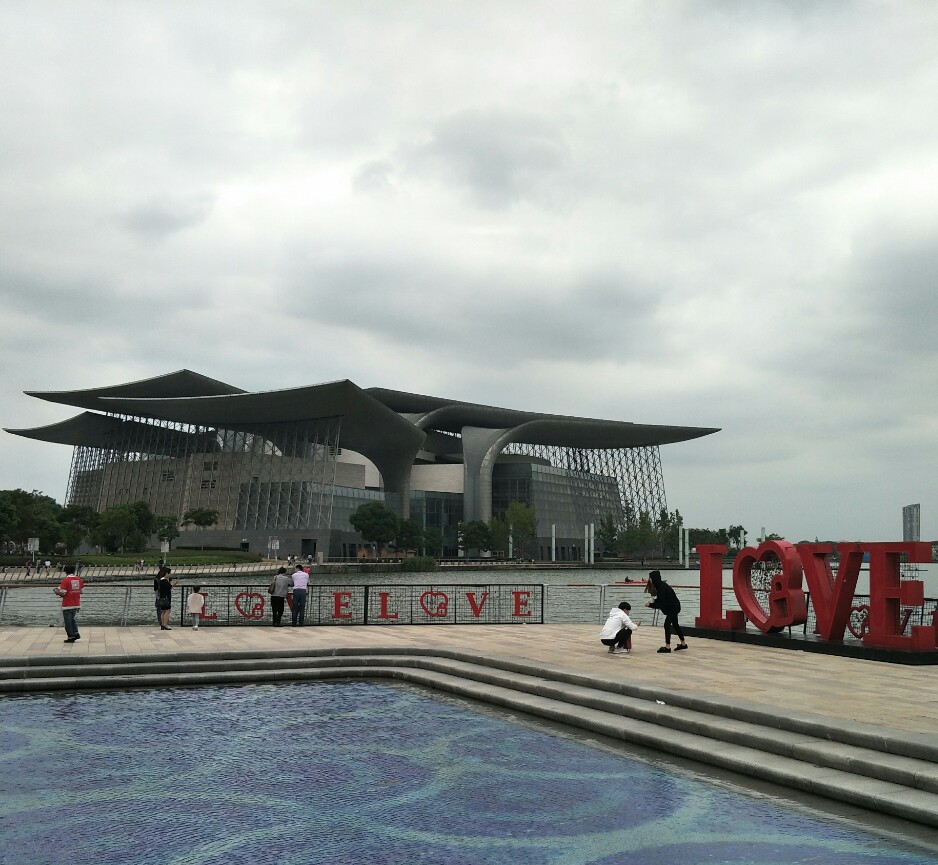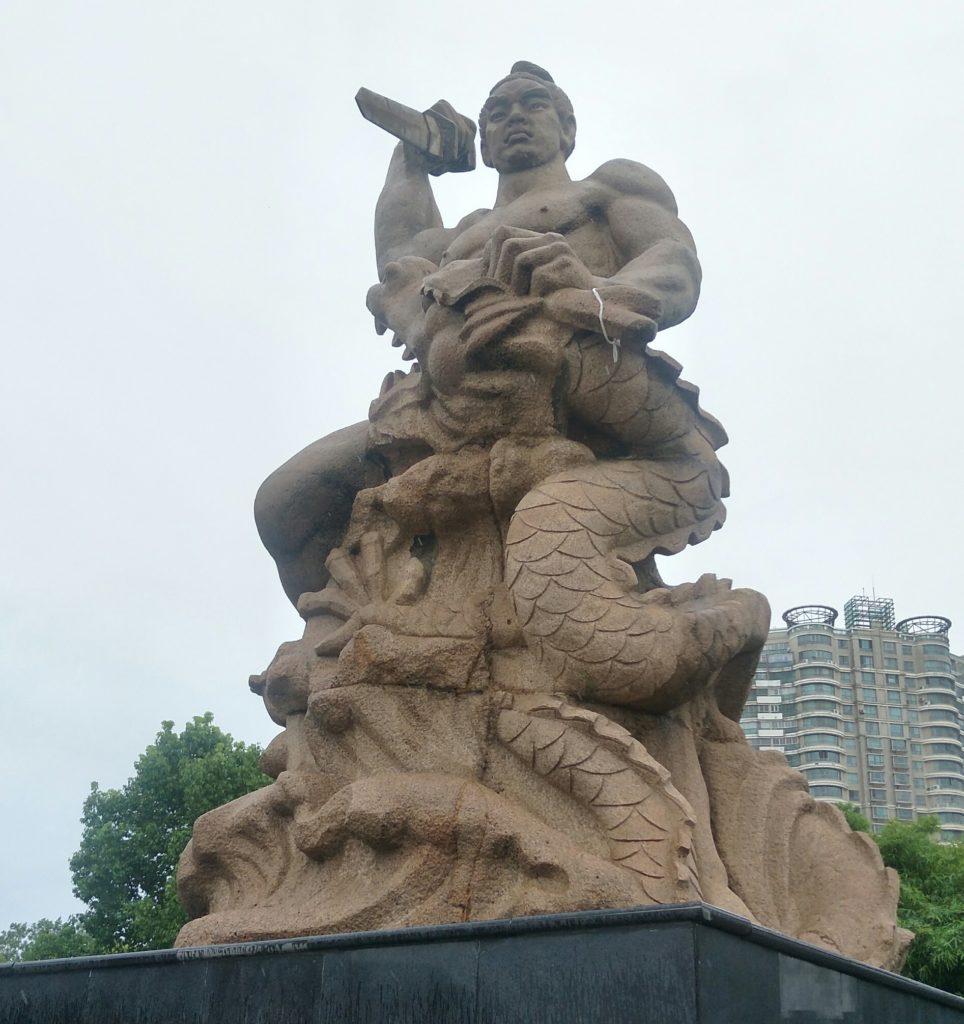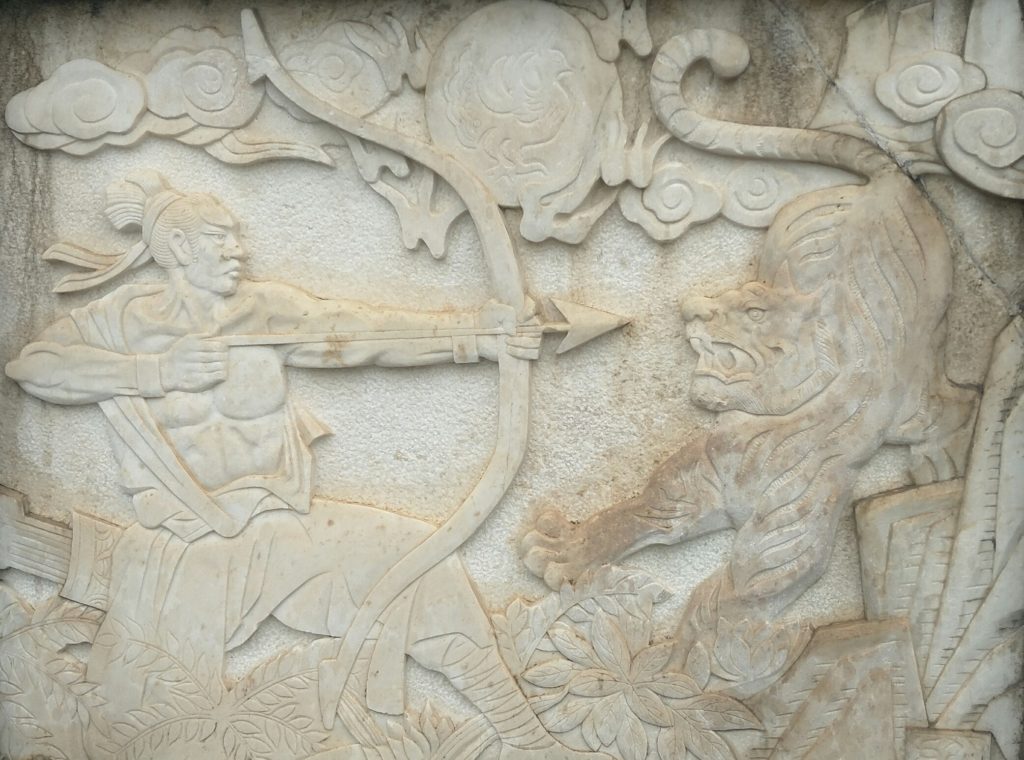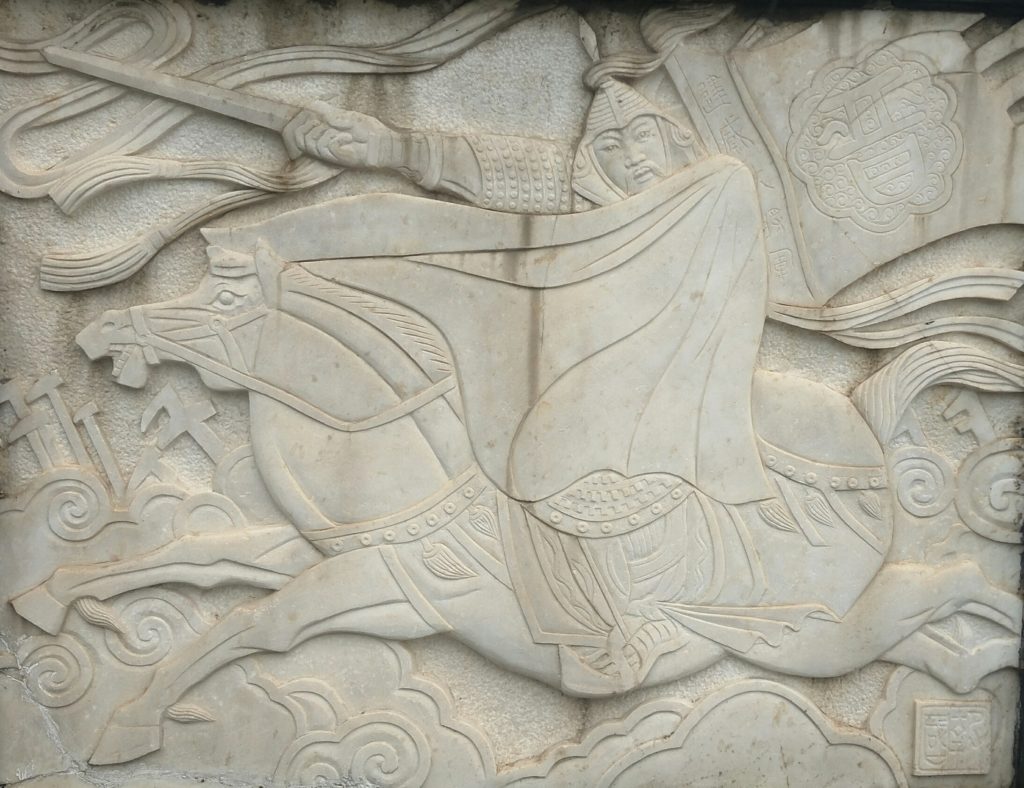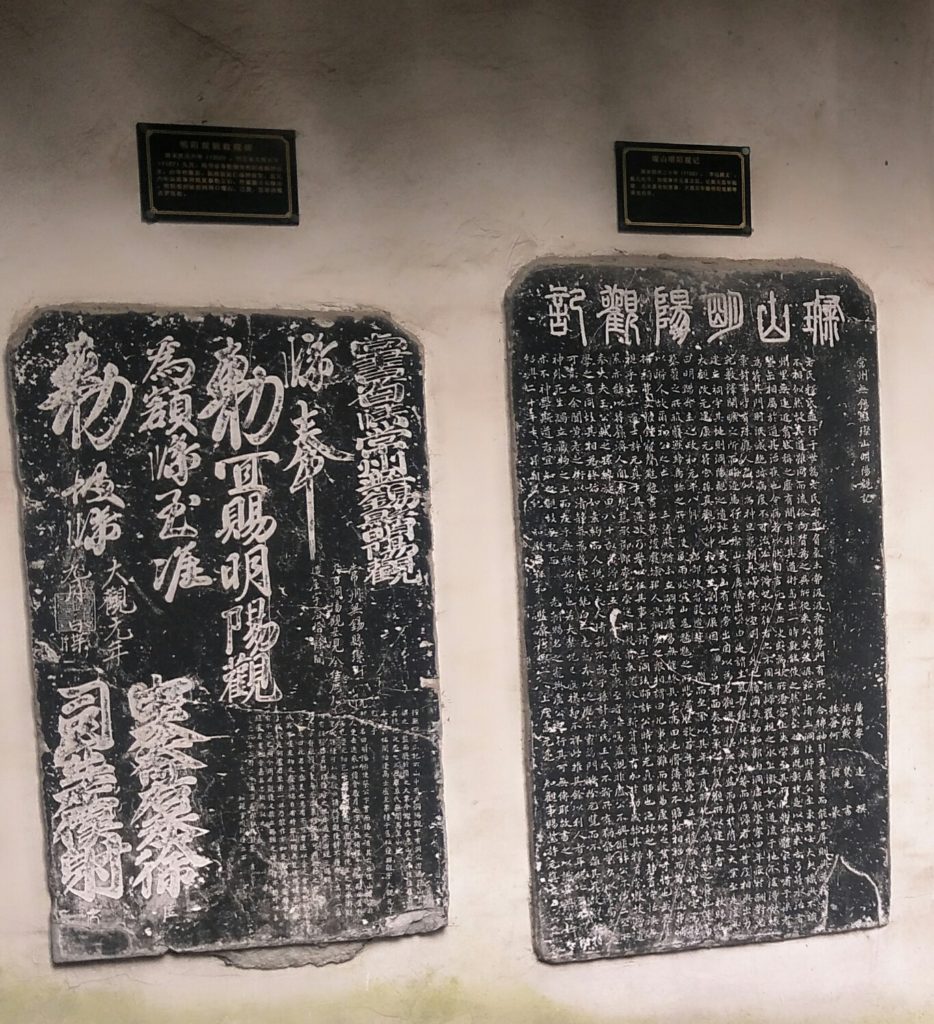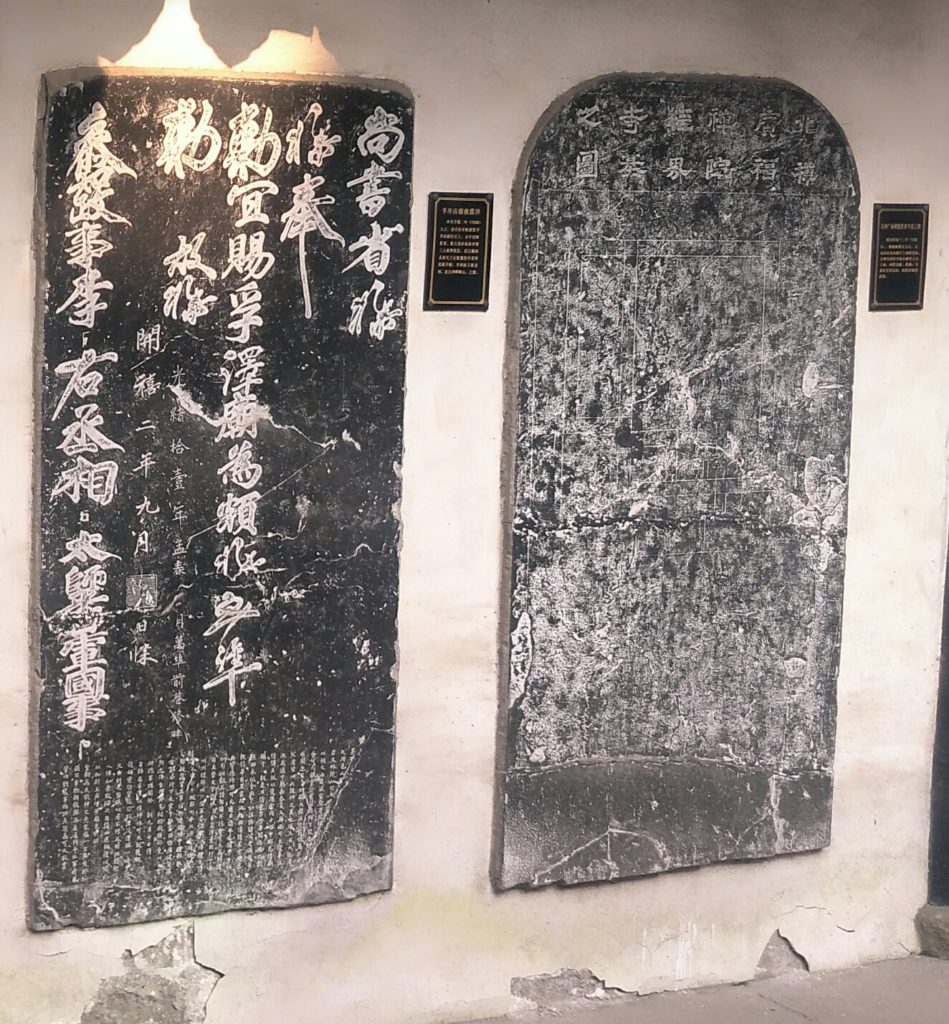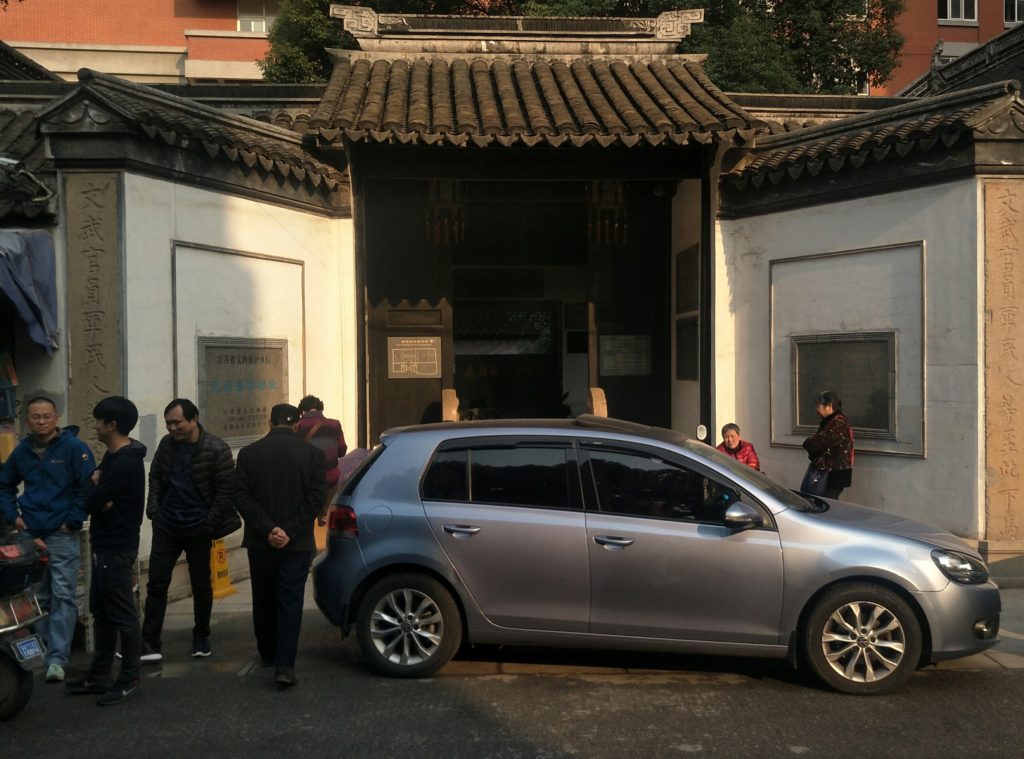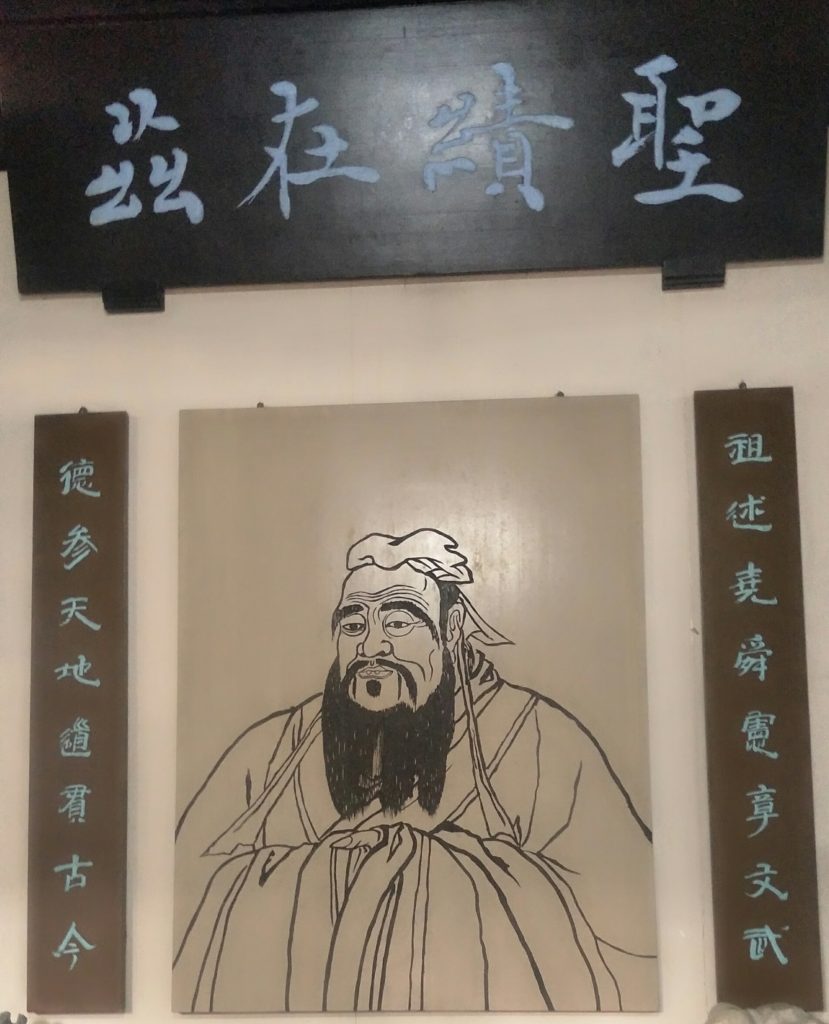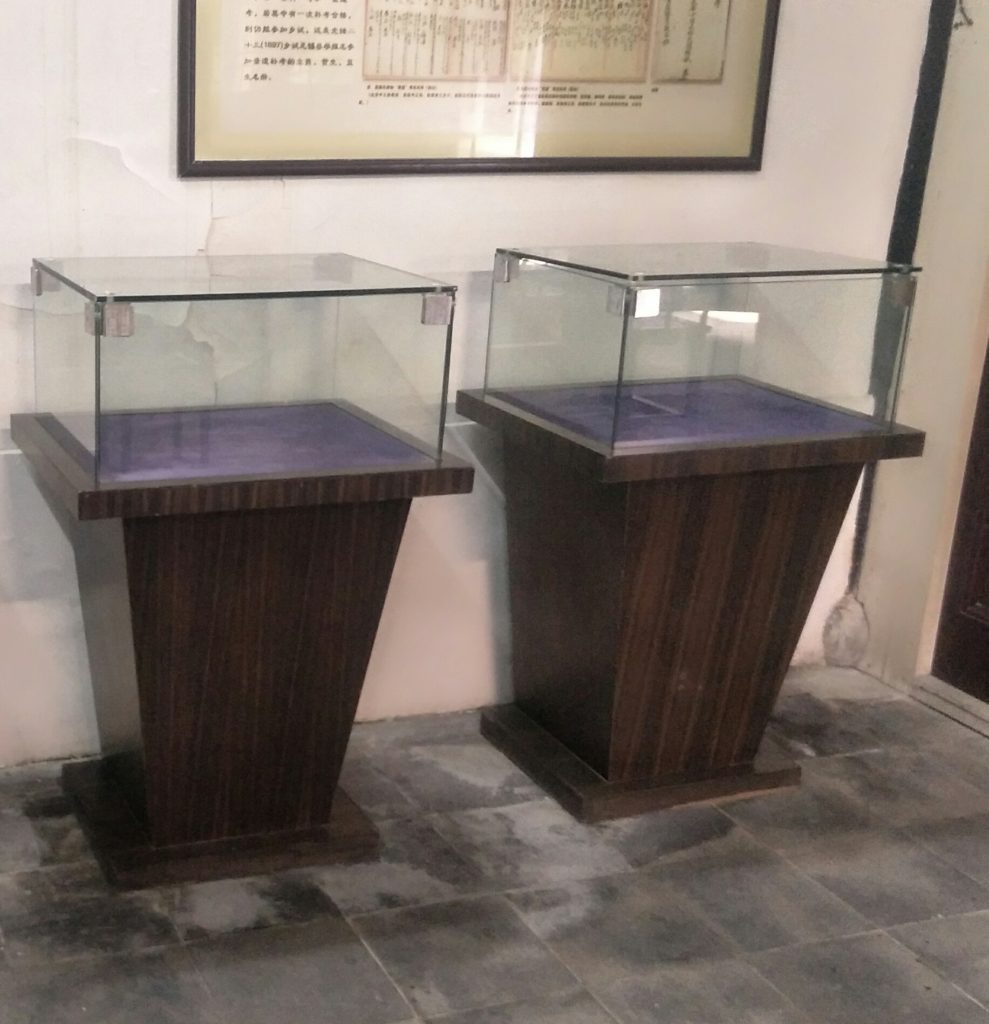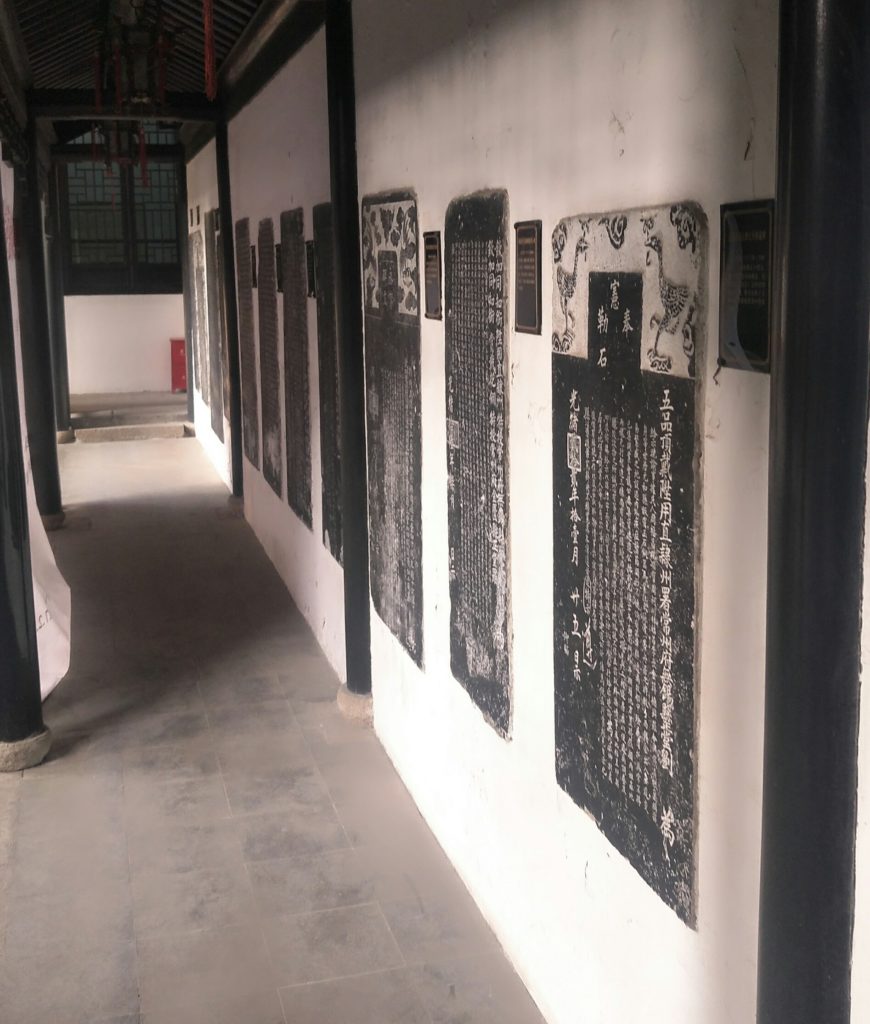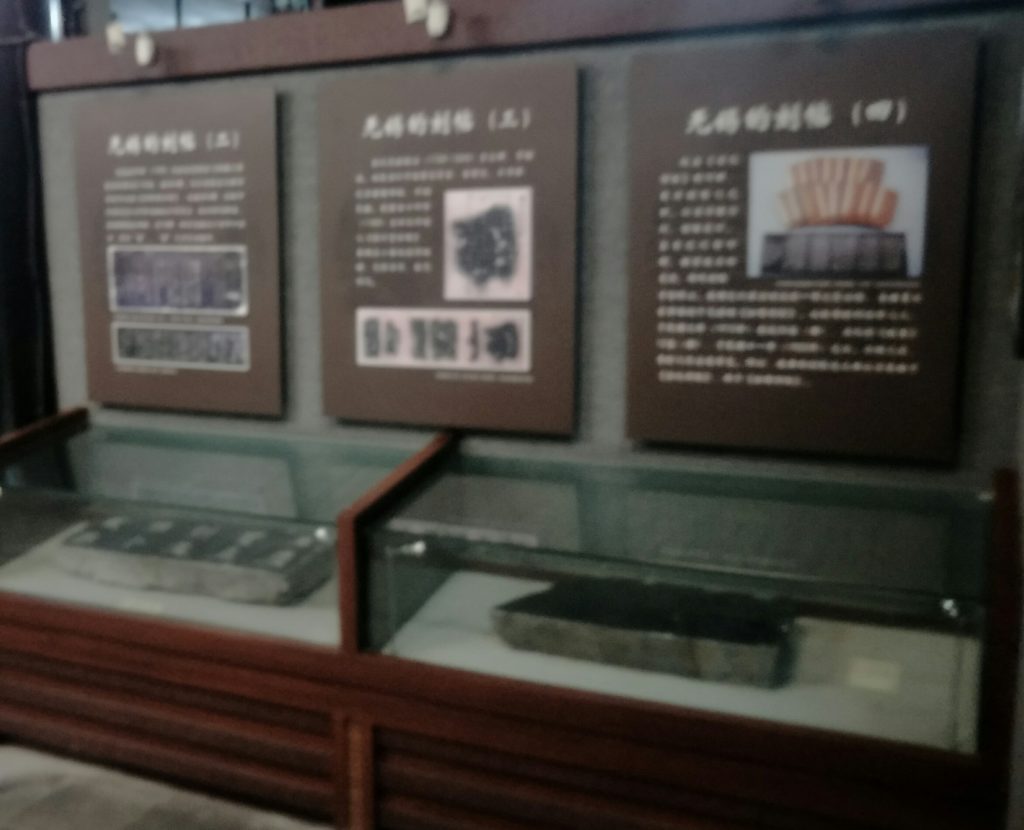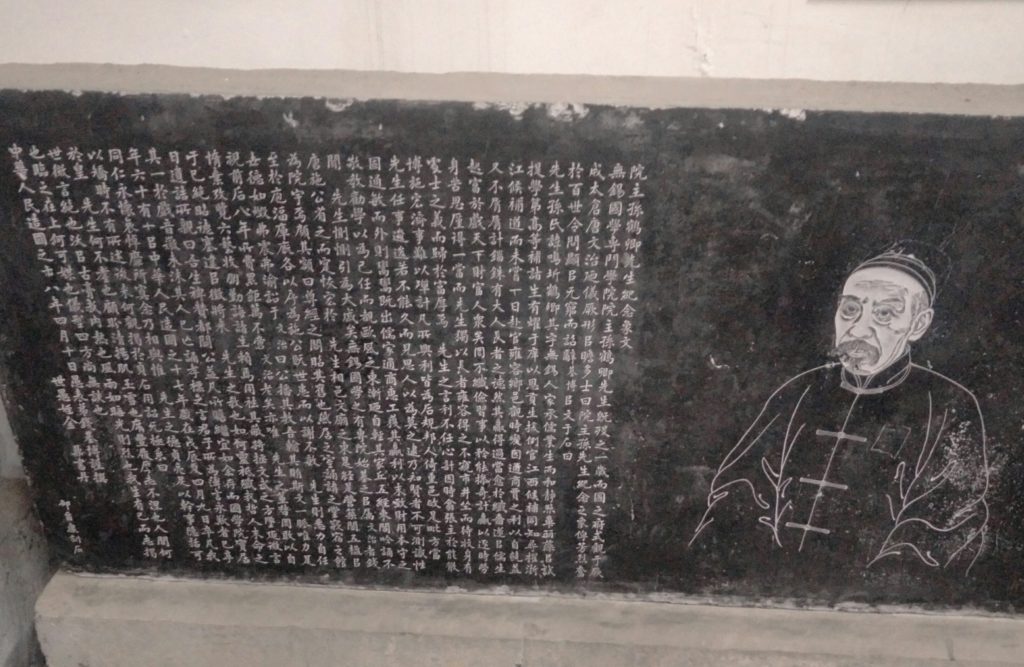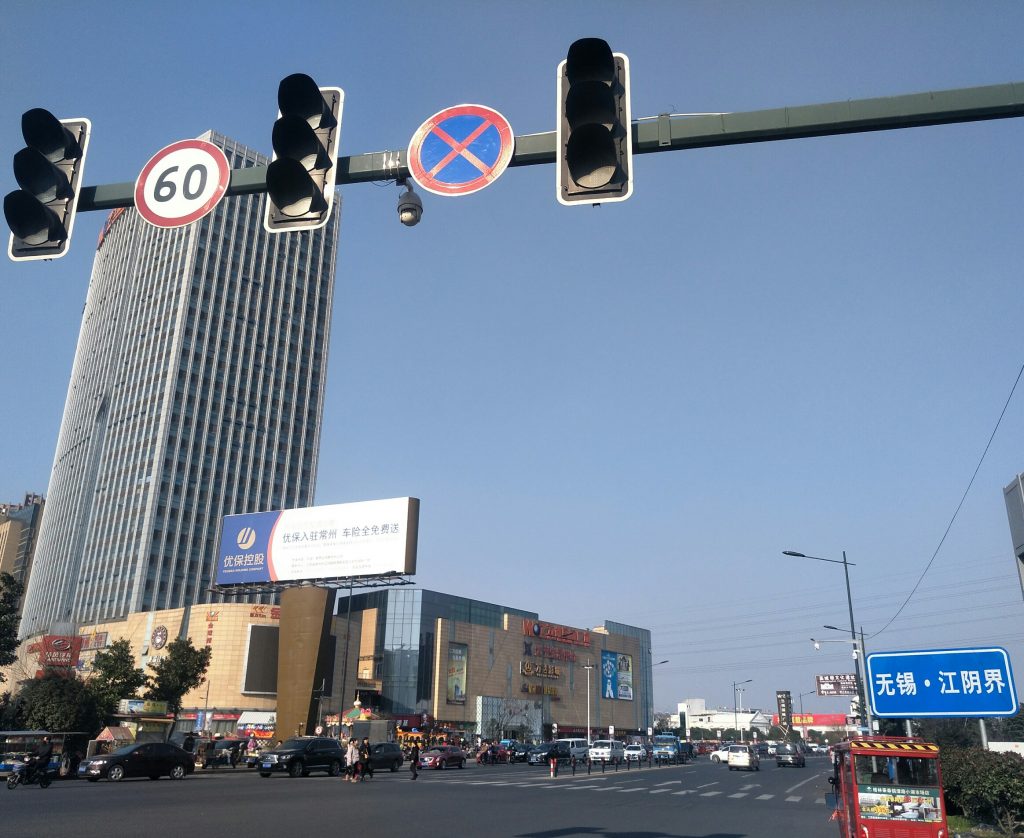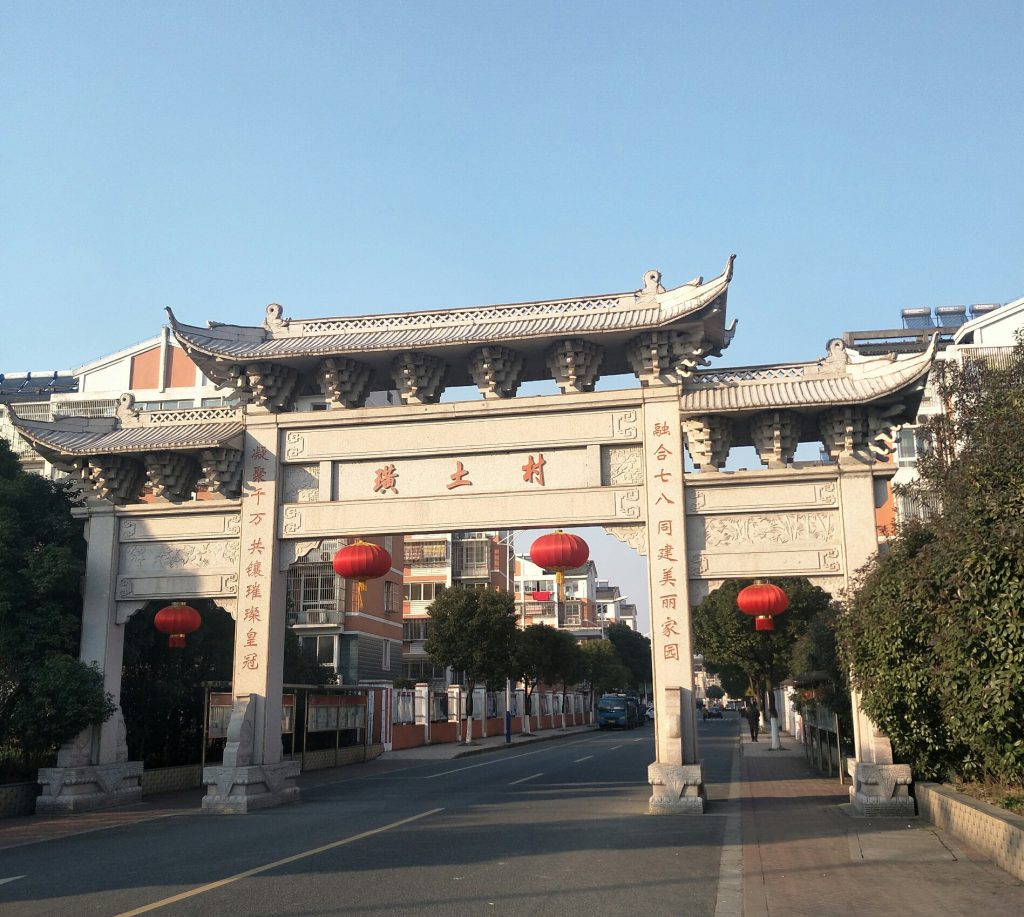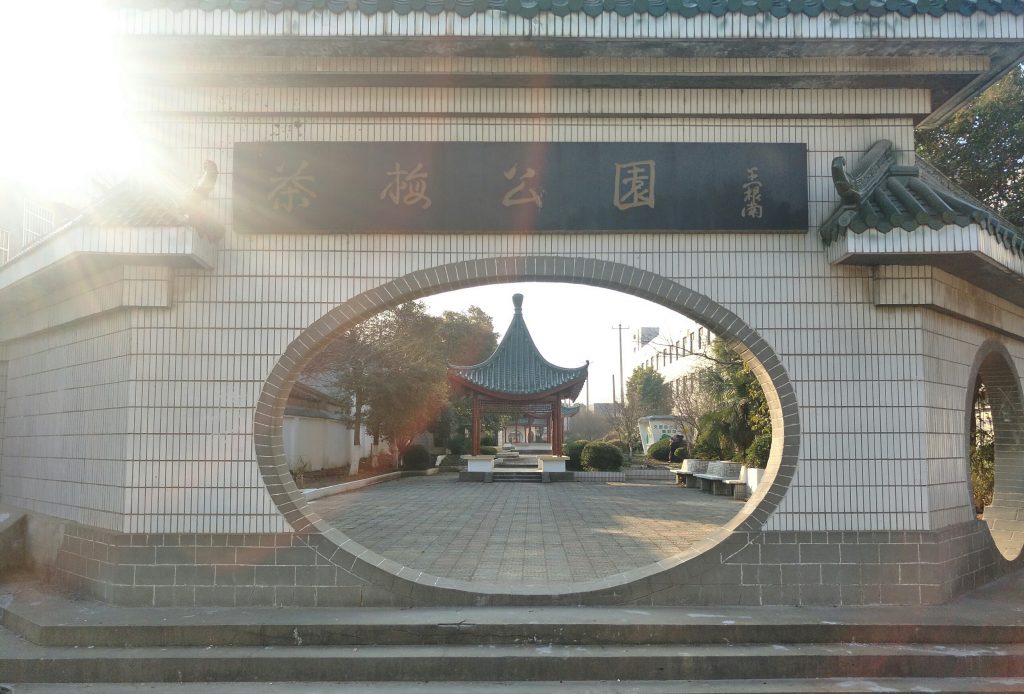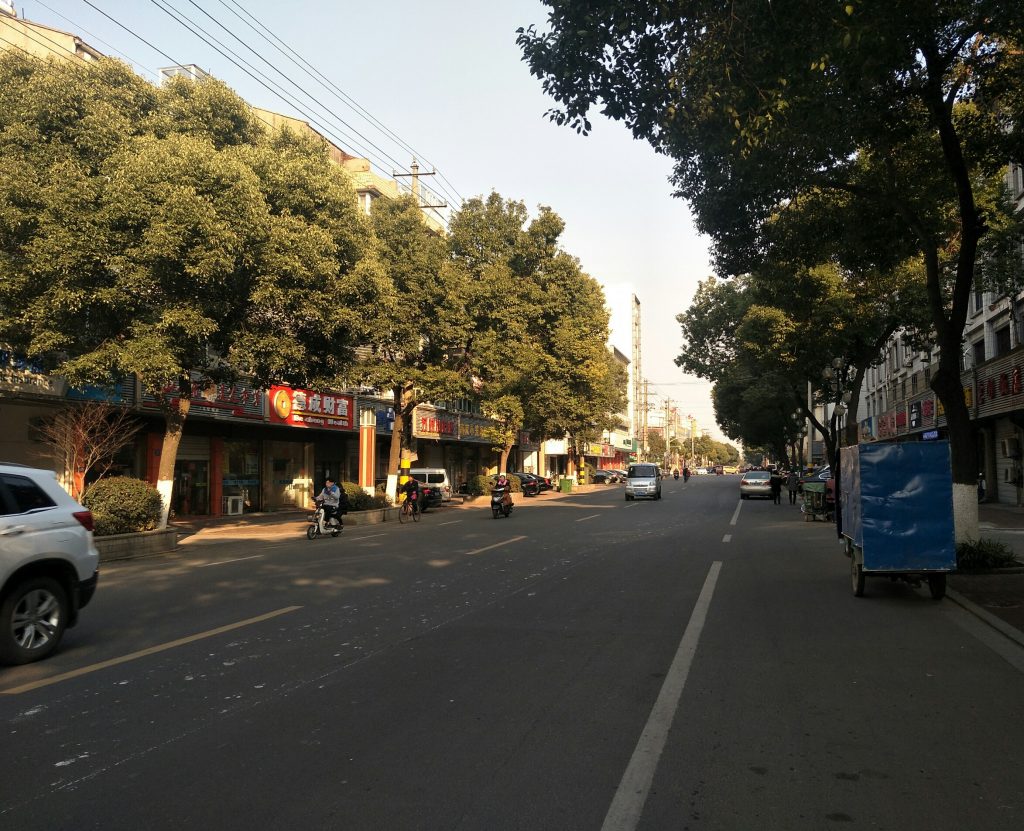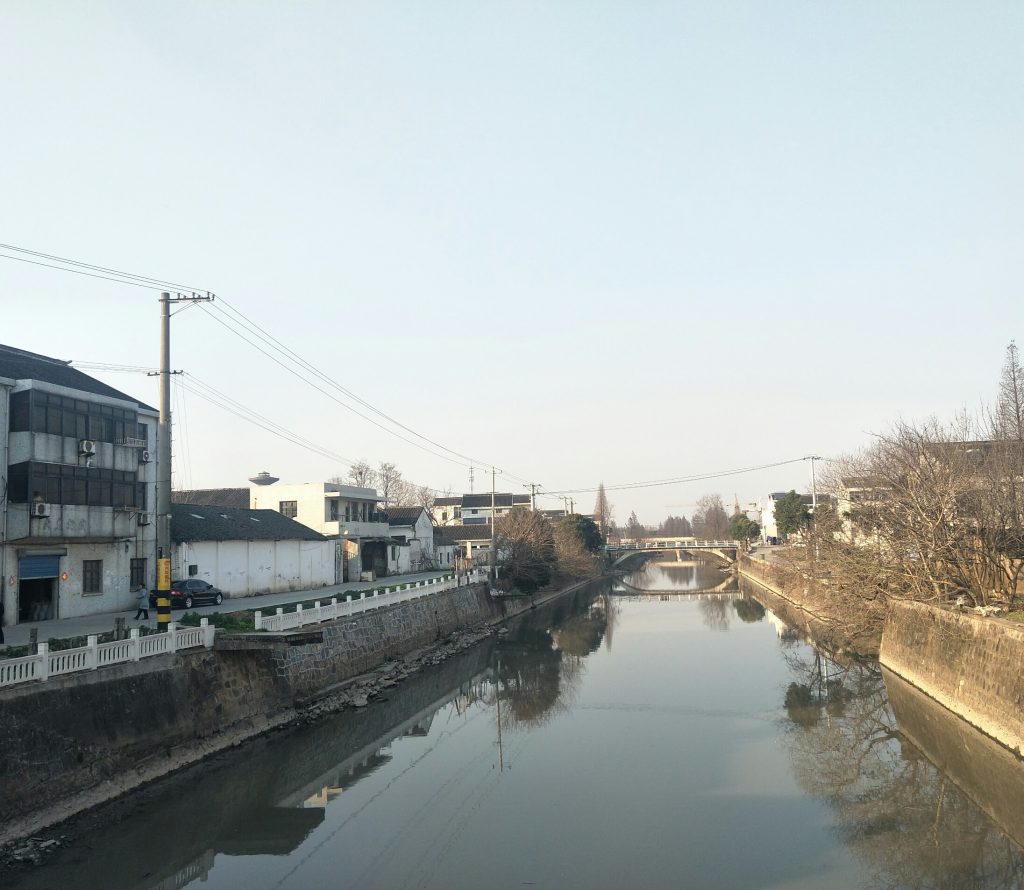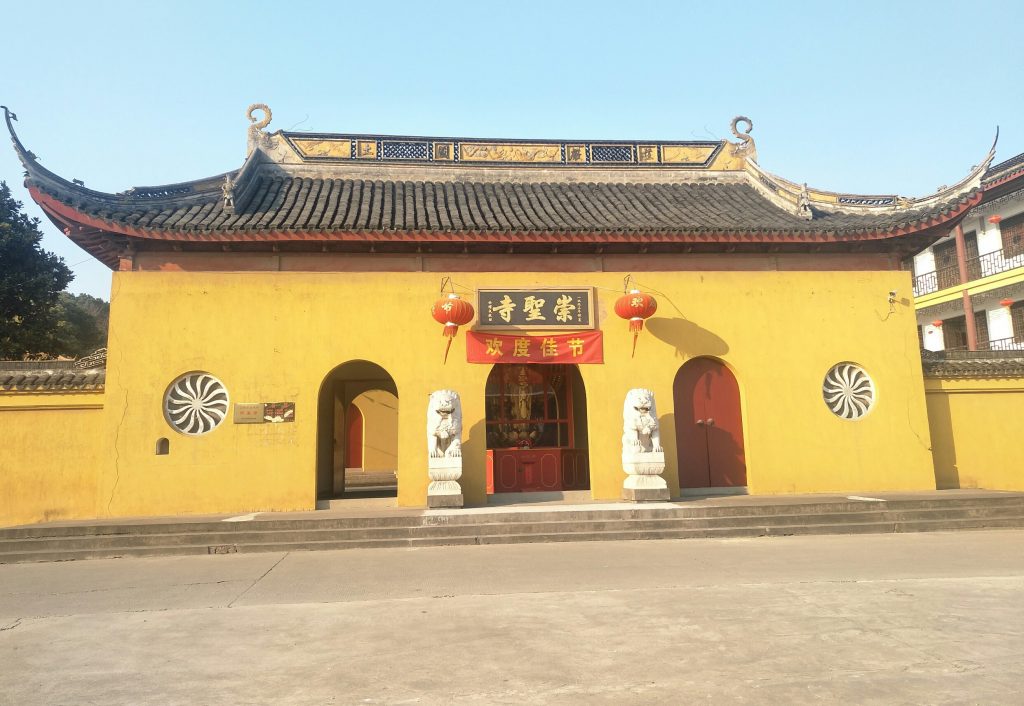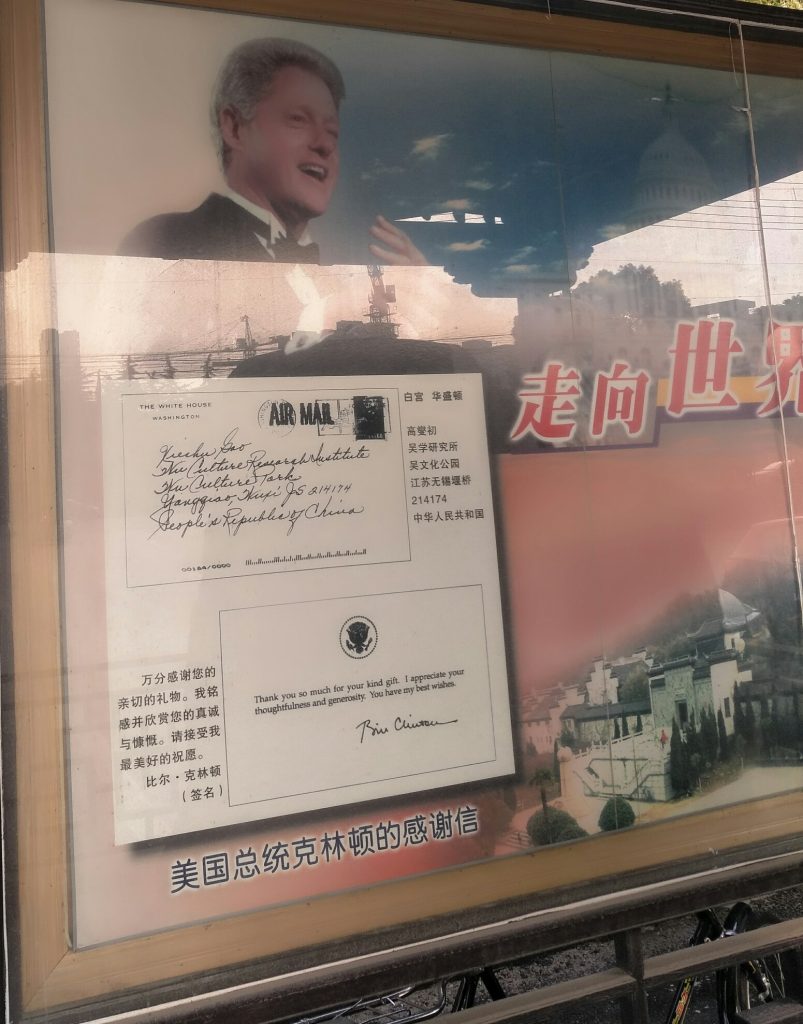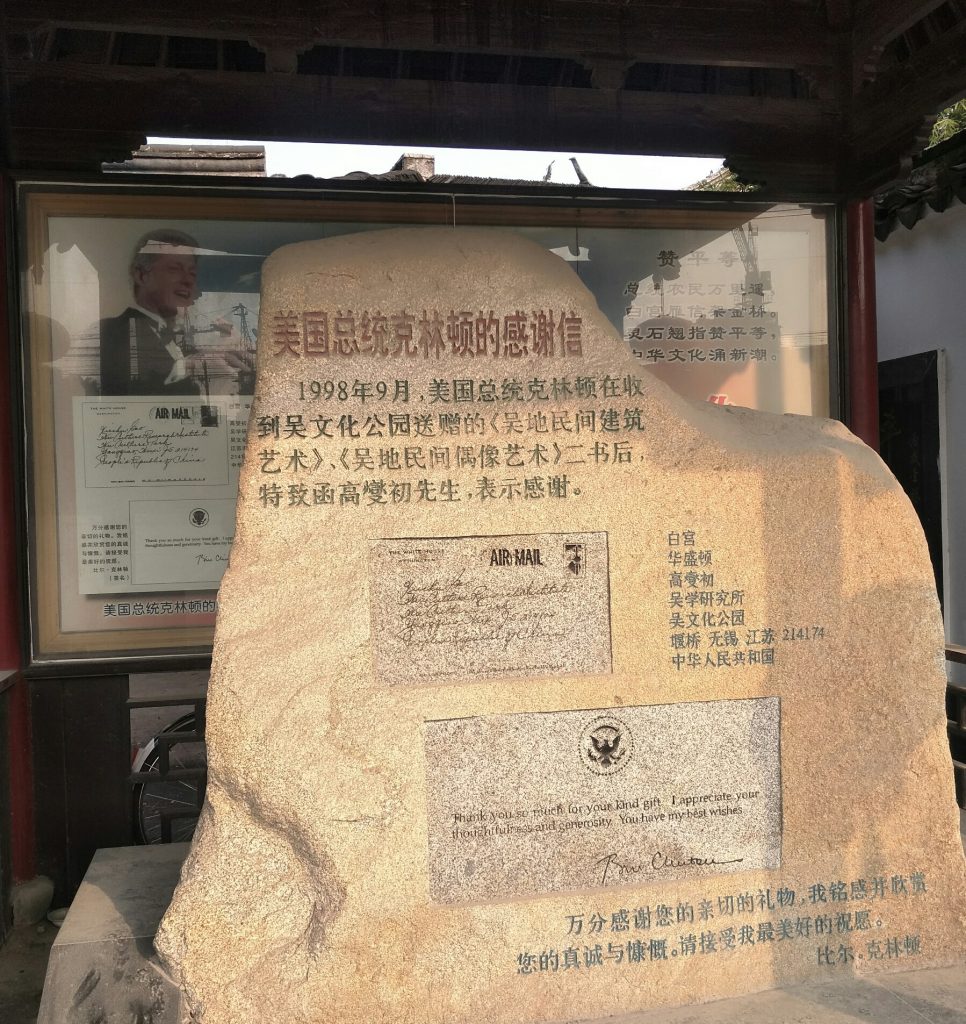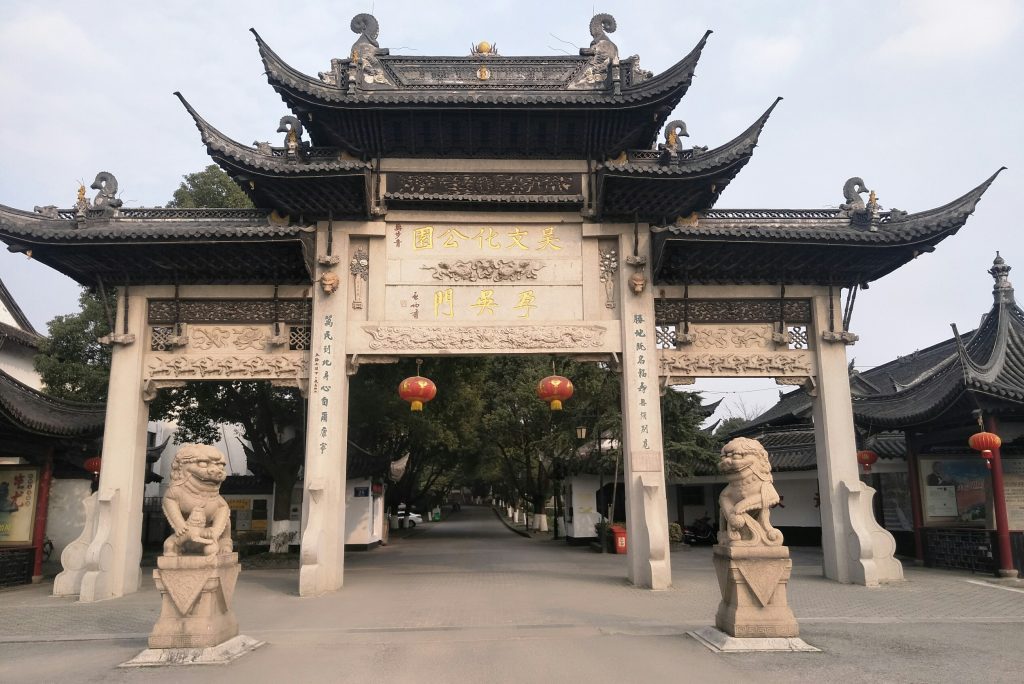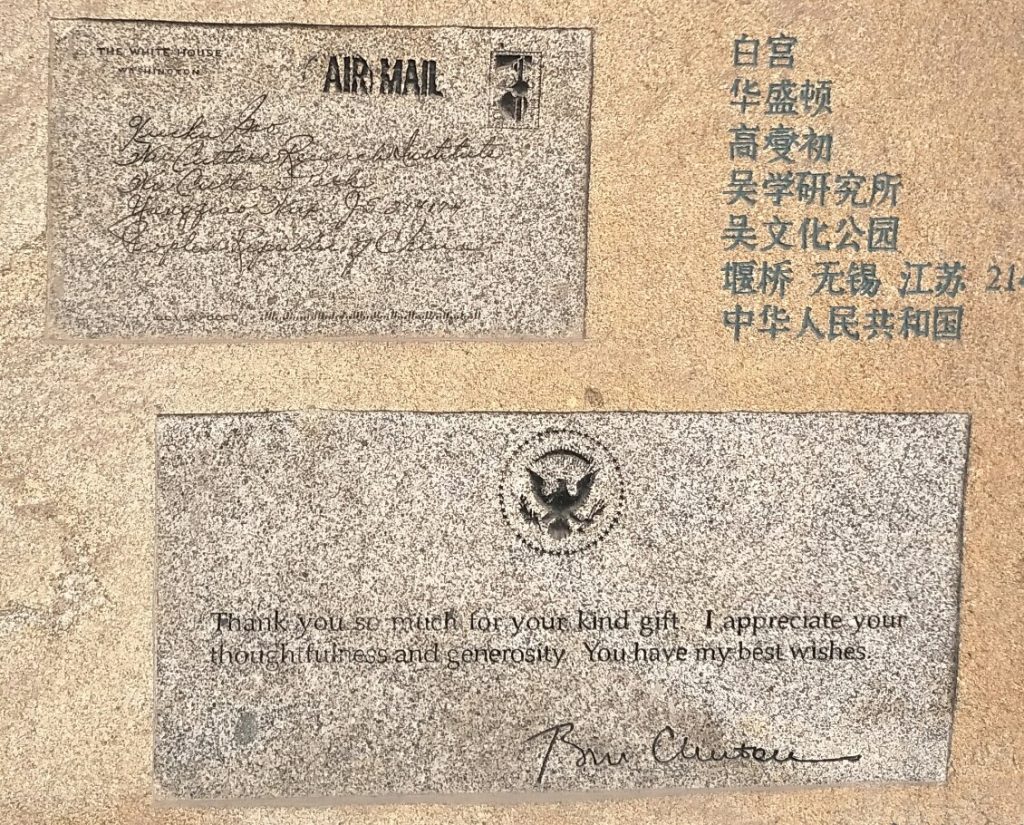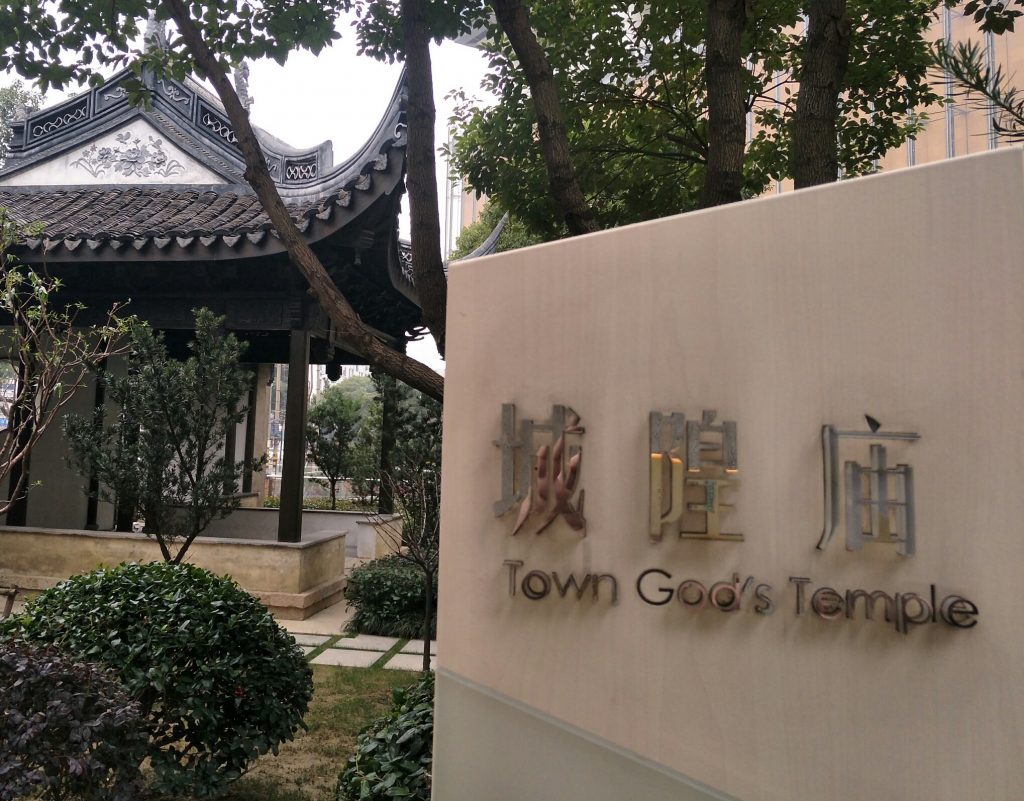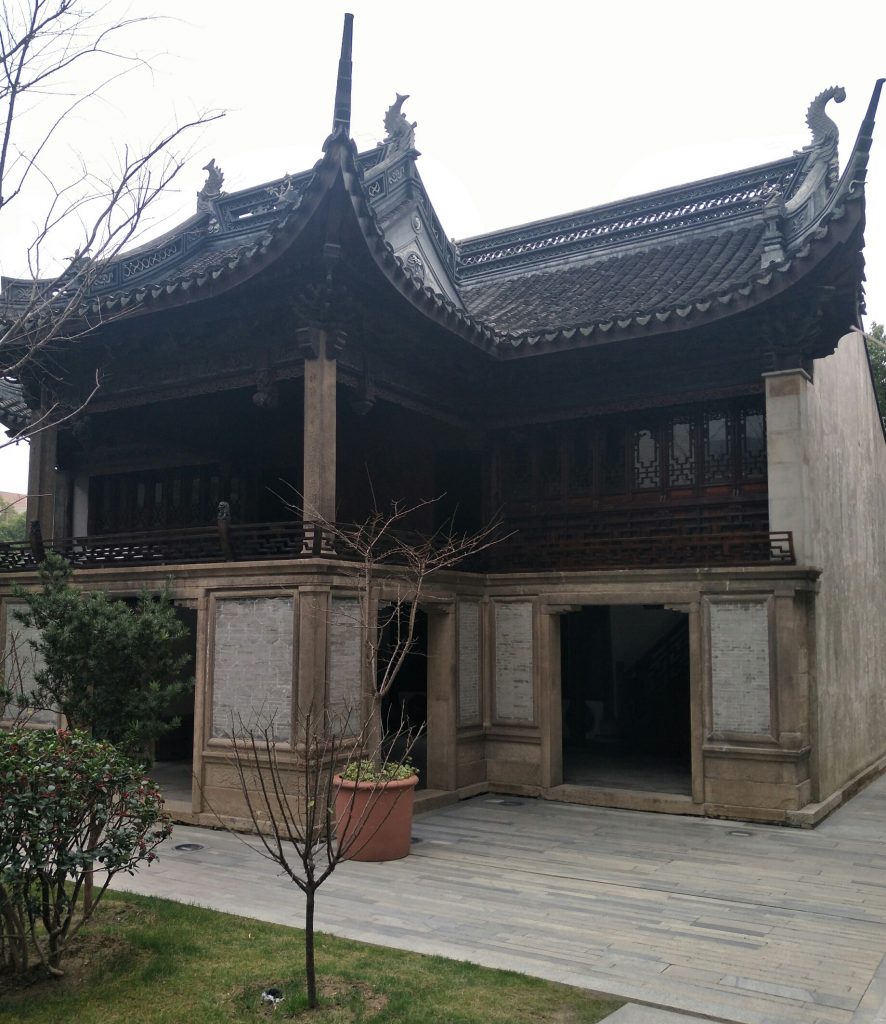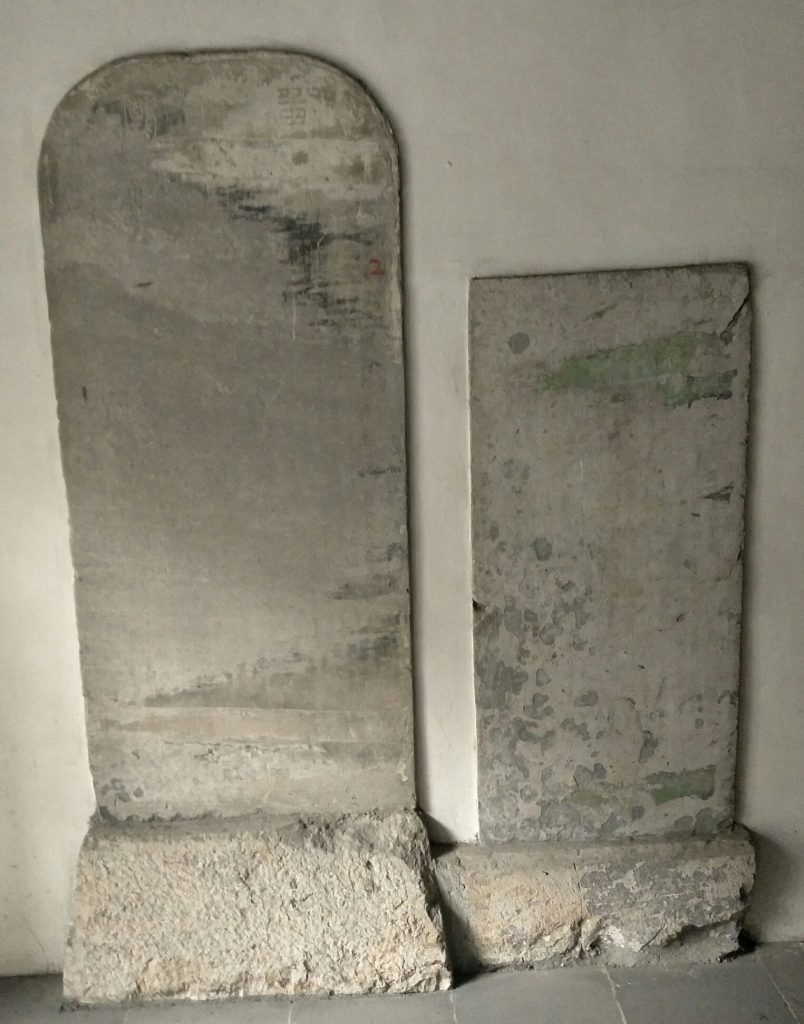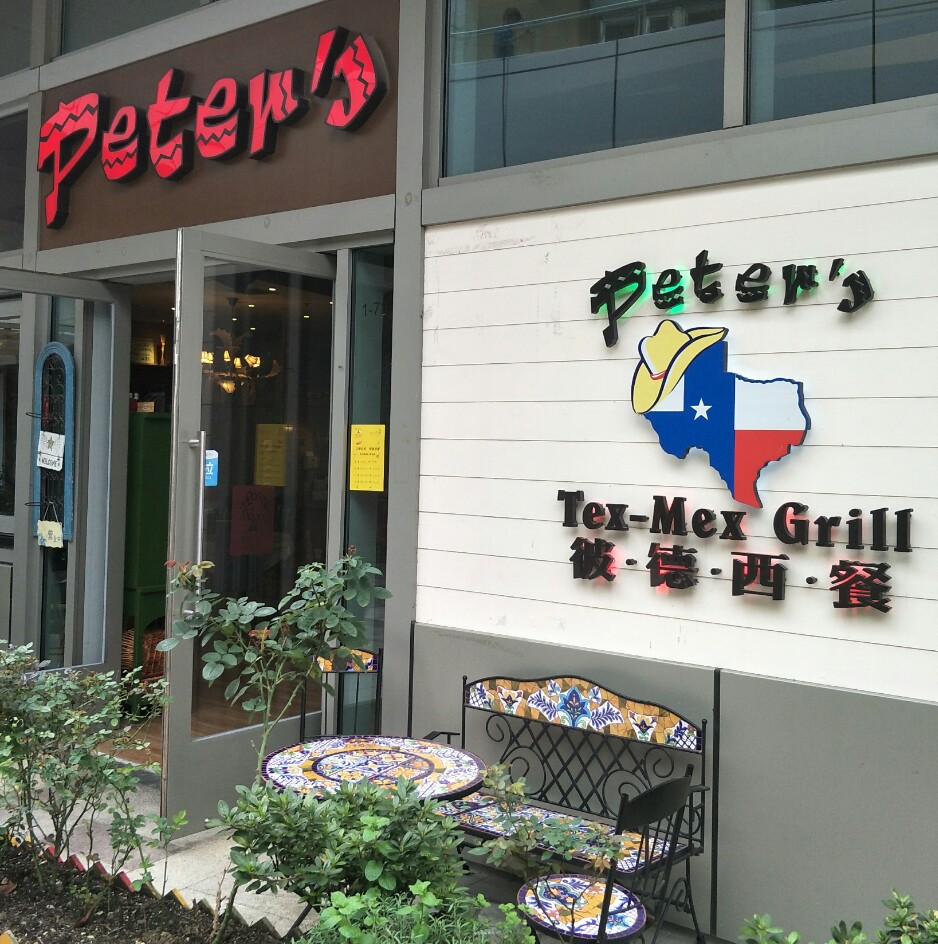
In one of his many videos, professional skateboarder and all around legend Tony Hawk once pointed out how Mexican food lowers in quality as distance from the Mexican boarder increases.However, I noticed that same could be said for the state of Tex Mex cuisine and finding it outside North America in general. It seems like a gamble in if you are traveling through China. I thought about this recently while in Wuxi. Currently, I know of only two restaurants in that city offering anything that remotely looks like it comes from Mexico or Texas. I have only been to one of those two.
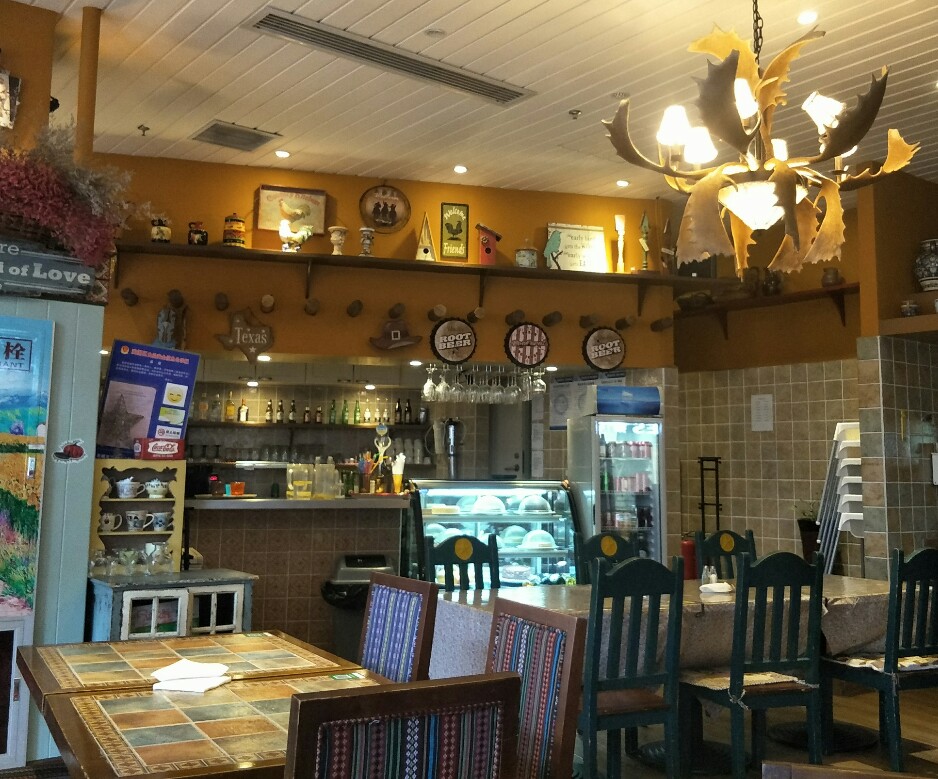
Peter’s Tex-Mex Grill can be found in Wuxi’s southern Binhu District. It’s in a shopping mall overlooking Linhu Lake and the large Wuxi Grand Theater stands right next door. This is on the southern end of the city’s subway’s Line 1, and is in the greater vicinity of Jiangnan University 江南大学. Actually, it’s a bit of a hike from the nearest metro station, Cultural Palace 文化宫. I found the restaurant by sheer accident. I had come to this part of Wuxi because I had never been here before and was up for a bit of aimless wandering.
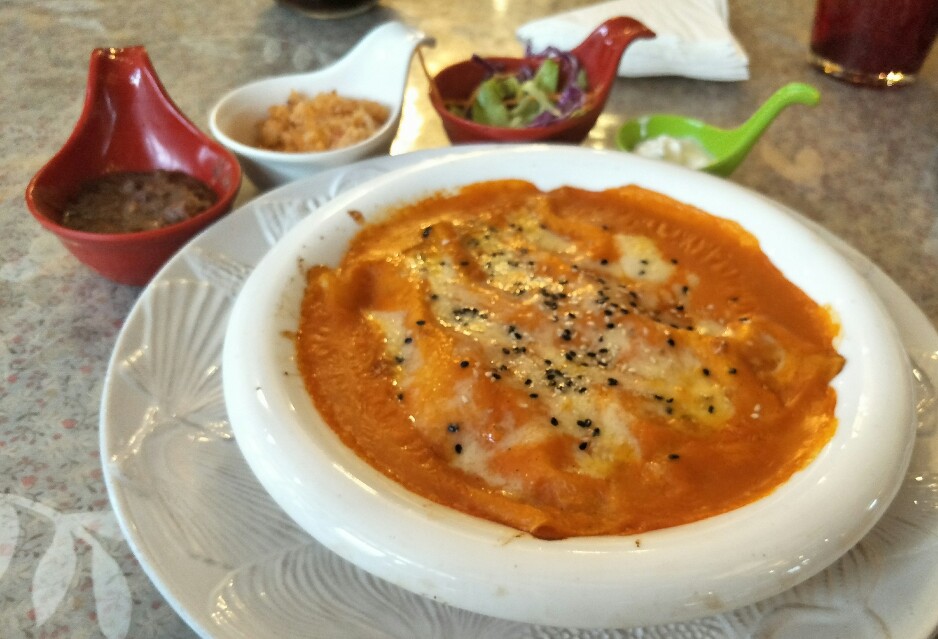
So, how was the food? Since I hadn’t really had anything vegetarian in a while, I opted for the rather simple cheese enchiladas. Honestly, it was a bit of a gloopy mess. To be fair, this dish can be a bit of a gloopy mess in America, too. It’s basically just queso cheese wrapped in a flour tortilla smothered in a mild sauce. Small ramekins of refried beans, rice, and sour cream came with the dish. All in all, just average, and that can be just okay in China, sometimes. It actually tasted like enchiladas! It’s certainly better than anything in Changzhou that is currently calling itself “Mexican.” There was a chain called Tacos that was just, well, not very good. It was Mexican in name only.
I would return to Peter’s, but it’s just not in a good location for an out of town guy like me. Wuxi, however, looks to be building a subway line out here, and with the Grand Theater as a cultural attraction, that is probably a very good idea.
